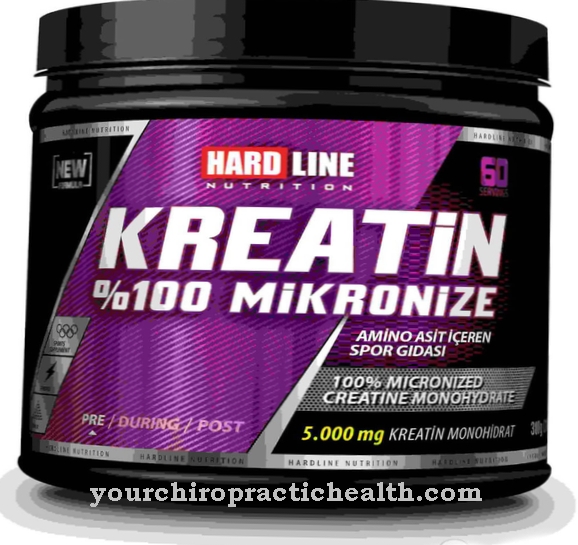A bright white smile has long since become a status symbol in our modern society, it stands for youthfulness, health and attractiveness. But the ravages of time leave traces on our teeth, mostly in the form of yellowish discoloration or brownish stains. Teeth age, bear the signs of our diet or other influences, lose their white color, become dull and dull. A professional Whitening can help.
Why our teeth turn dark
Our teeth are exposed to great stress every day. They have to chop up our food, withstand the high pressure of the jaw, and cope with our bad eating habits. As a rule, this is where the appearance suffers first - most foods contain a whole range of colorants that gradually deposit on the tooth and discolor it.
Food such as coffee, black tea and iced tea have a particularly strong coloring effect. But many fruits also contain coloring substances, for example blueberries or blackberries. The same applies to various spices, especially curry leaves yellowish marks on the teeth.
The dyes can gradually deposit on the tooth and coat it with a film or penetrate into the tooth itself through the finest cracks in the tooth enamel and make it appear darker. Nicotine also has a visually devastating effect. Smokers not only have more yellowish teeth overall, but often also, due to the cigarette smoke, black-brownish deposits in the spaces between the teeth or on the back of the teeth.
However, food or luxury foods are not always the main cause of tooth discoloration. Because mouthwash also leaves traces on the teeth, in particular ingredients such as tin fluoride or chlorhexidine are often responsible for dark brown to black edges or stains on the teeth.
In addition, various medications make their contribution to the appearance of the teeth - and often have a negative effect. Antibiotics from the group of tetracyclines in particular cause yellowish to grayish discoloration.
Professional teeth cleaning or teeth whitening?
Depending on the type and intensity of the discoloration, bleaching can help, but professional teeth cleaning in the practice is sometimes sufficient. The procedures here are fundamentally different. So-called oxidation bleaching takes place during bleaching, using either various chlorine compounds or hydrogen peroxide.
During the bleaching process itself, oxygen is released, which in the course of the oxidation process destroys the dyes stored in the tooth. The teeth are then lighter. However, this form of lightening is timed - with good care, the effect lasts for around two to three years.
It is different with professional tooth cleaning: No chemical reactions are used here, only manual forces are used. With the help of a sandblast and special polishing devices, teeth are cleaned of tartar, plaque and discoloration of a superficial nature and then polished.
Unlike bleaching, professional tooth cleaning does not have a purely cosmetic effect, but also serves as a medical prophylaxis - removing plaque from hard-to-reach areas not only protects the patient from carious defects, but also protects the gums from inflammation.
In order to decide whether professional teeth cleaning is sufficient, or whether it is better to have teeth whitening, the type of discoloration must first be determined. In dentistry, a distinction is made between internal and external discoloration.
Internal color changes in the tooth can be triggered, for example, by taking certain medications in childhood, but also by accidents with dental trauma or even the finest enamel cracks through which dyes can penetrate the inside of the tooth. This type of discoloration can only be treated with bleaching.
The highly concentrated bleaching agents used here can also lighten the tooth in deeper layers and thus contribute to an optical improvement. In the case of external discoloration, the intensity plays a major role. If the discoloration is of a superficial nature and is caused by the consumption of strongly colored food or a temporarily negligent brushing technique, it can easily be removed as part of a professional teeth cleaning.
However, if the teeth have been exposed to intensive coloring substances for a very long period of time without these being removed in time, teeth cleaning itself is hopeless. In this case, only bleaching can lighten the discolored areas.
Methods of teeth whitening
Bleaching can be done in many ways - at home (home bleaching) or in the dentist's office (office bleaching). With both variants, the teeth must be cleaned thoroughly beforehand so that no stains can occur during bleaching. If there are already fillings in the teeth, the color of these can be adjusted before or after the bleaching, especially in the front area.
Nowadays the patient usually only has to plan a longer session with a whitening in the dental practice. In this, the dentist applies a highly concentrated whitening agent to the teeth and activates it with UV light or a soft laser. This creates oxygen which, in a chemical reaction, bursts the color molecules on the tooth surface.
Another established whitening method is home whitening. It is guided by the dentist, but carried out by the patient himself at home. After a briefing by the attending physician and the production of a custom-fit rail system, the patient receives all the necessary materials. At home he now has to fill the splints with bleaching gel every day and wear them on the upper and lower jaw for a certain period of time.
This whitening method is usually used for around two to three weeks. Many patients also wonder whether root-treated, ie “dead” teeth can also be bleached. Because a root canal treatment quickly leads to bleeding in the teeth, which often results in a grayish color.
Teeth that have been treated with a root canal can only be bleached as part of office bleaching. To do this, the dentist opens the respective tooth and now introduces the whitening gel, the tooth is so to speak bleached from the inside.
Side effects to look out for
Like most cosmetic treatments, bleaching also carries certain risks. Gum irritation can occur during treatment, especially during home bleaching, as the patient cannot protect the gums as optimally as is possible in the dental practice.
One of the most common side effects is hypersensitivity of the teeth and tooth necks that occur after the treatment; this usually subsides after a few hours to days. If the bleaching gel is used improperly or very frequently, structural changes in the form of demineralization can occur on the enamel surface.
These are so-called "white spots", chalk-white spots that can disappear again over time. In order not to strain the teeth too much, whitening products should therefore not be used more than once a year. A new study by Ohio State University also claims to have found that after regular use of certain whitening gels, tooth enamel can lose hardness and thus become more brittle and more prone to tooth decay.
Bleaching should therefore always be carried out under the guidance of a doctor. It is particularly important to have the dentist thoroughly check your teeth for tooth decay, enamel cracks or leaky fillings before using a whitening product for the first time. If there is an undetected, deep caries in a tooth, the bleach can get into it and cause severe damage to the nerve. This usually not only leads to unbearable pain, but in the worst case scenario can also be accompanied by the loss of the tooth.
You can find your medication here
➔ Toothache medicationOf course, methods to prevent teeth staining
Some potential tooth stains can hardly be avoided in everyday life and with a balanced diet. Nevertheless, everyone can do a lot for the brilliant white of their teeth. First and foremost, of course, is regular and thorough cleaning, ideally after every meal or every drink that stains your body, such as coffee or red wine.
To protect the gaps from discoloration, floss should be used at least once a day. For nutritional deposits on the teeth, we recommend professional teeth cleaning at the dentist once or twice a year.


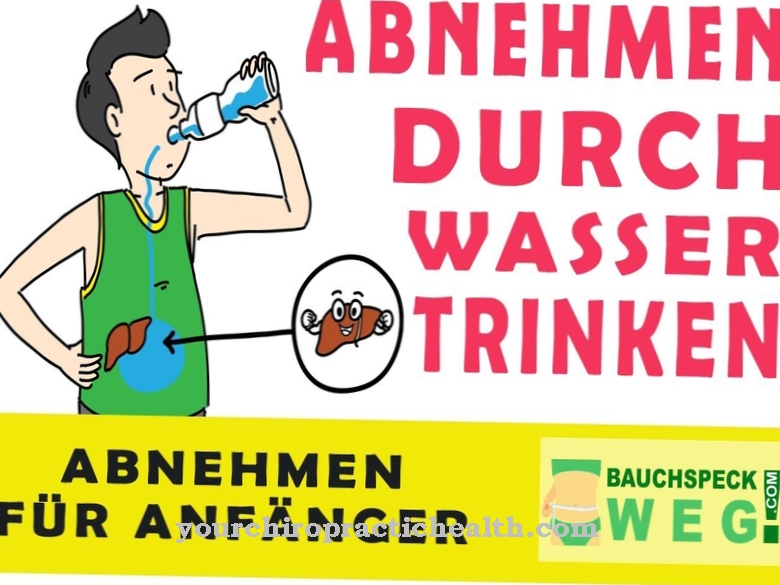
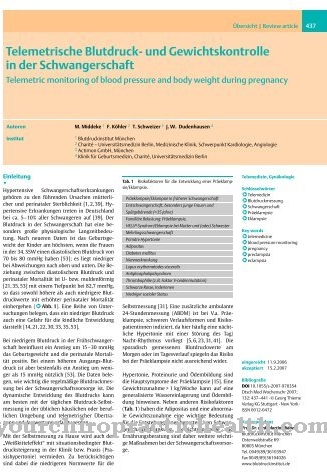
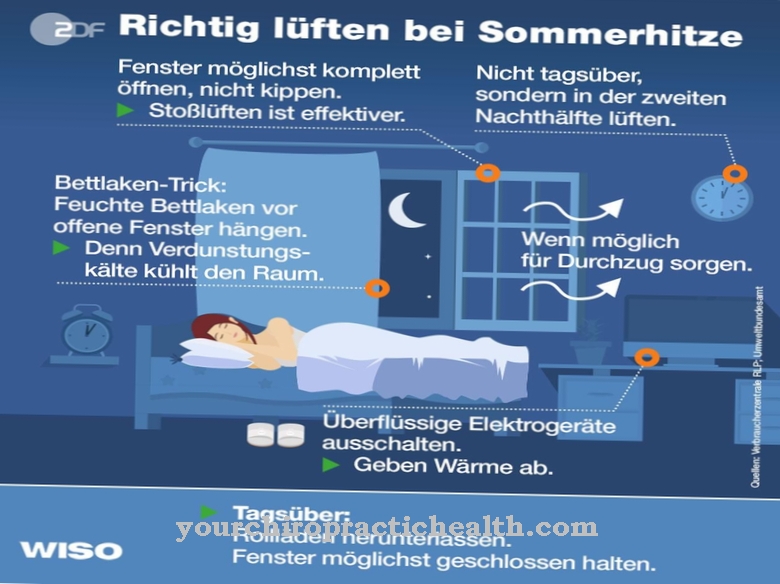



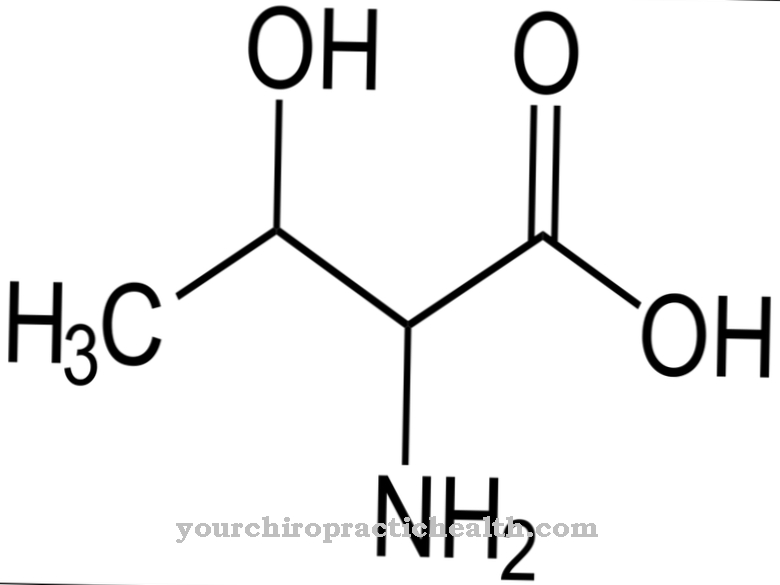
.jpg)


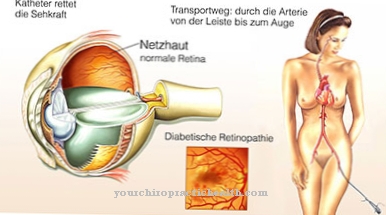






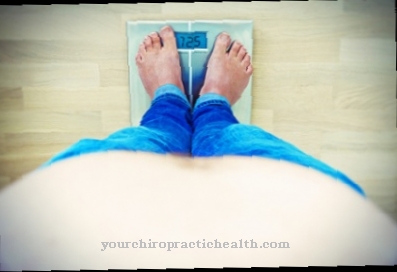
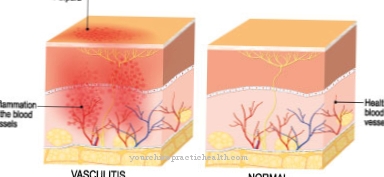

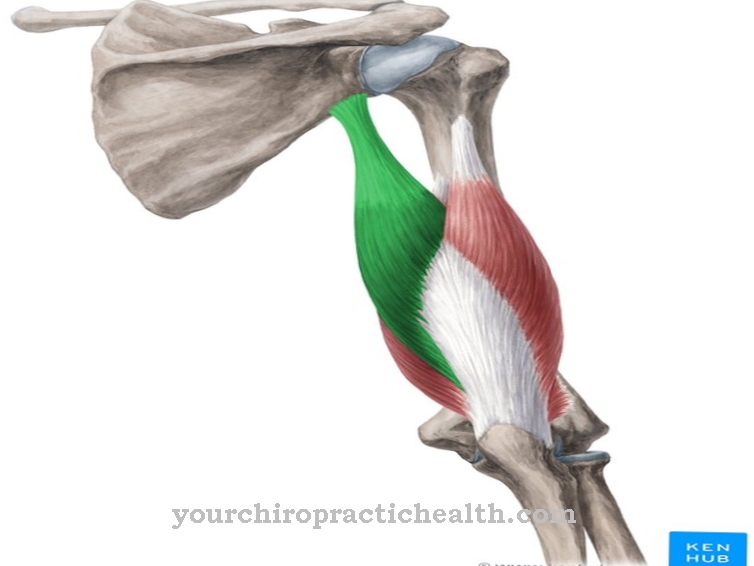
.jpg)

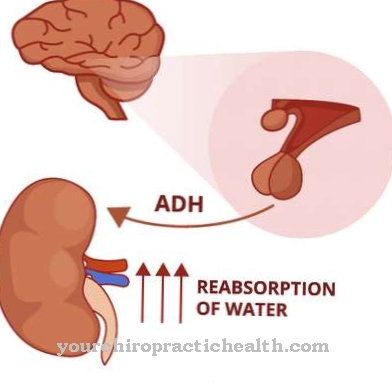

.jpg)
